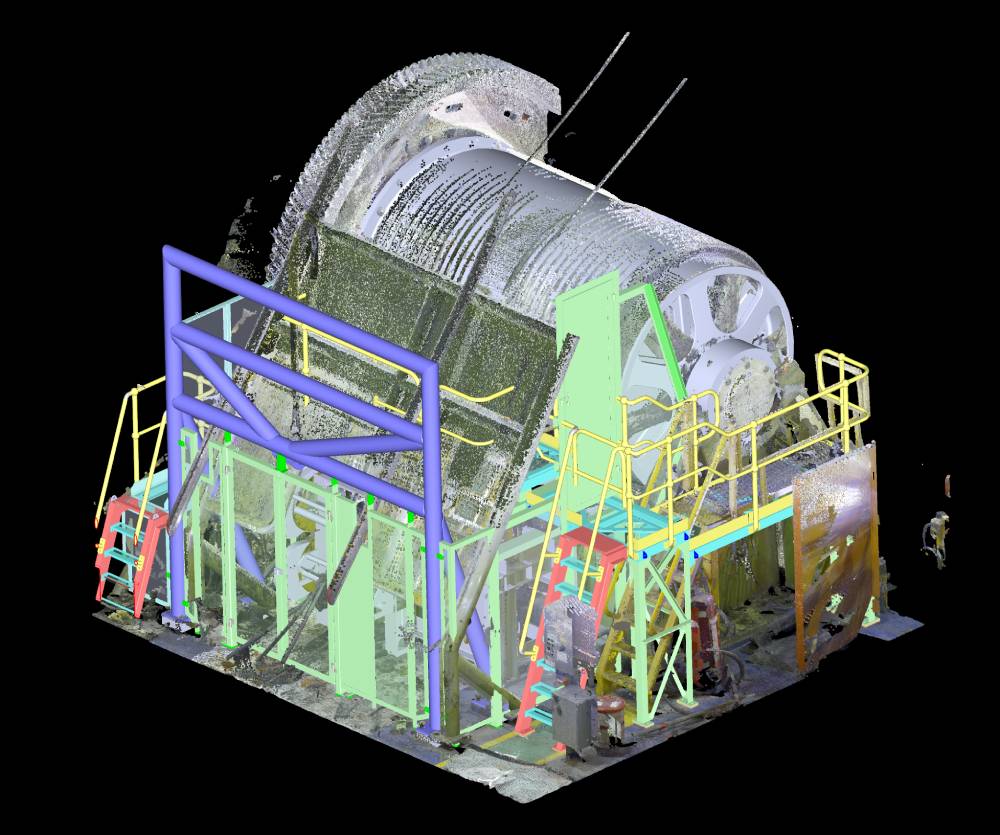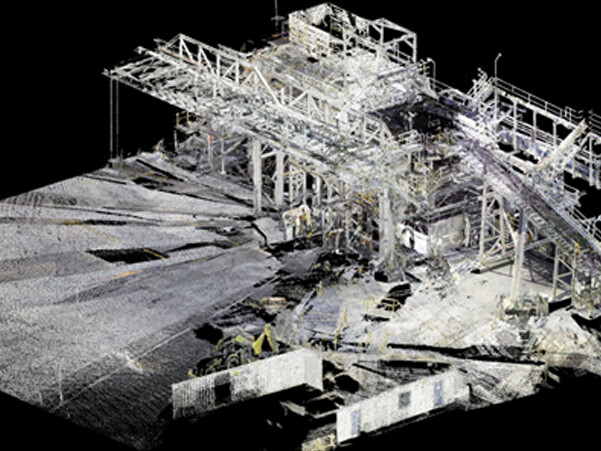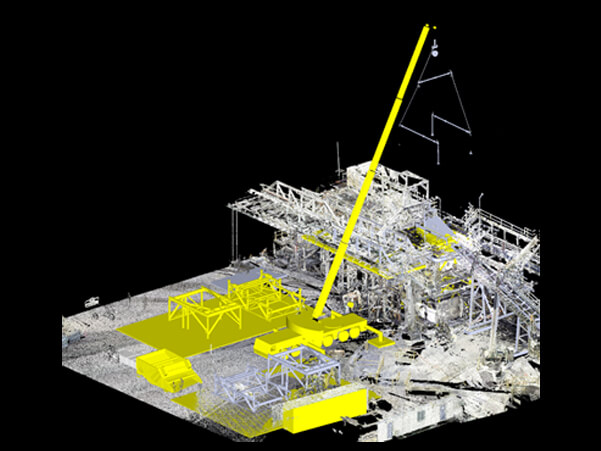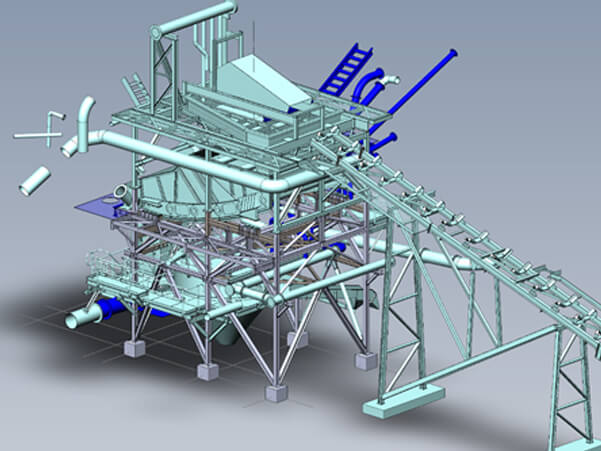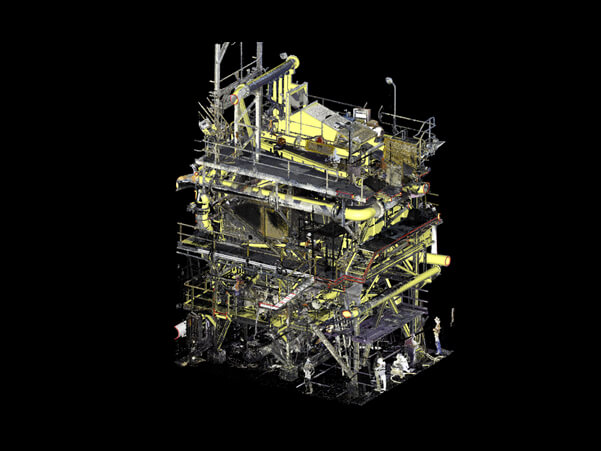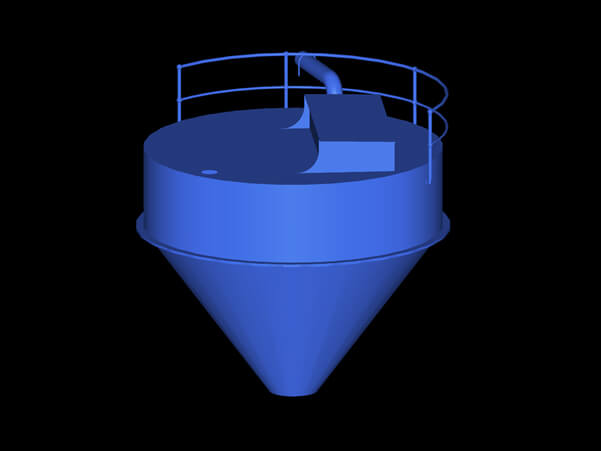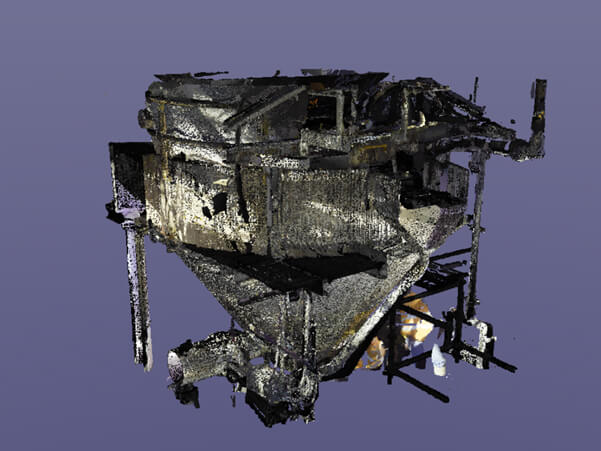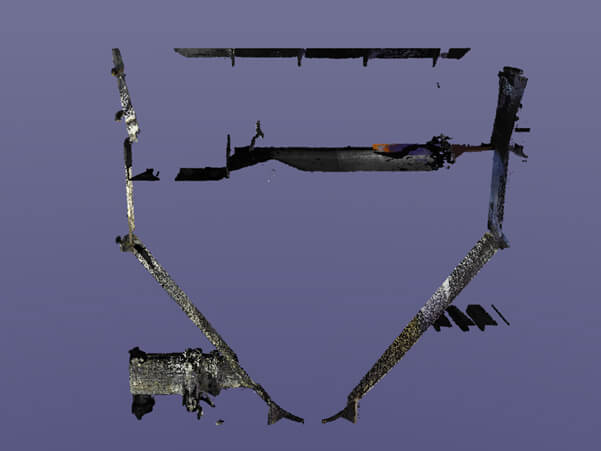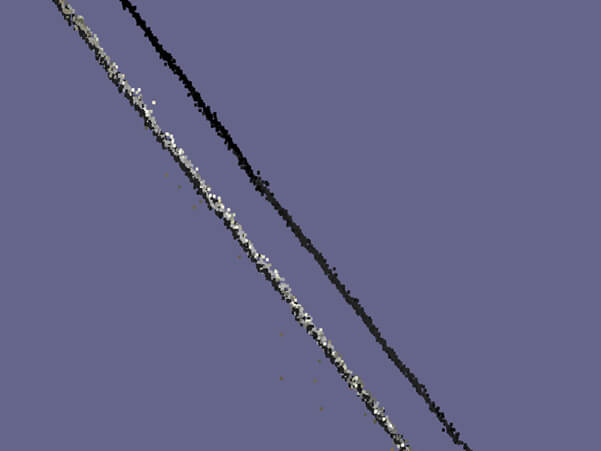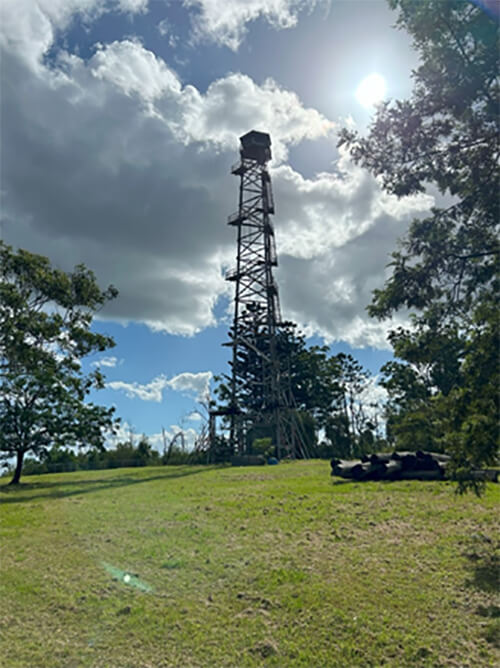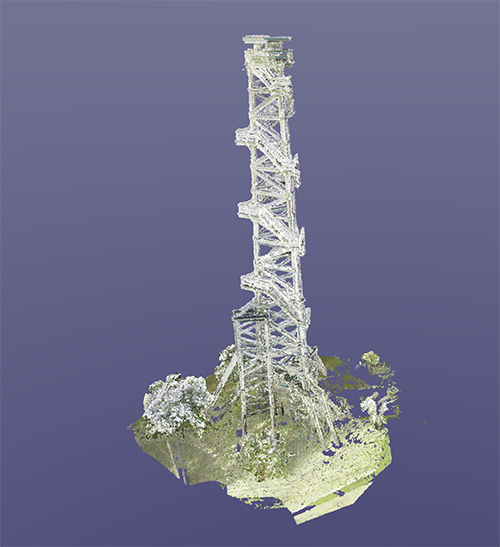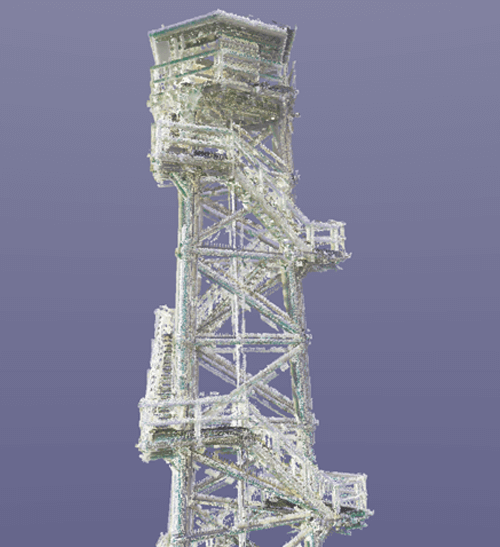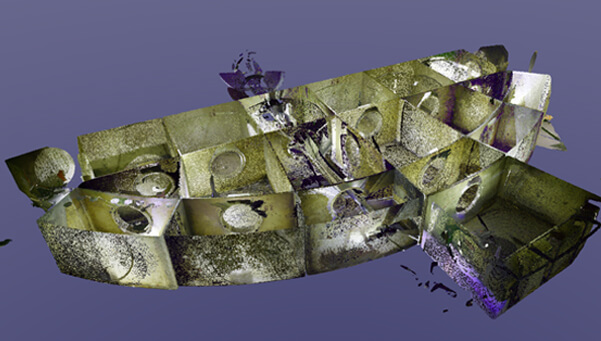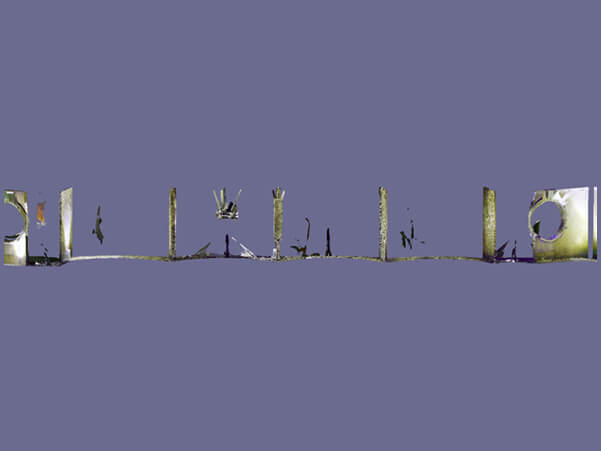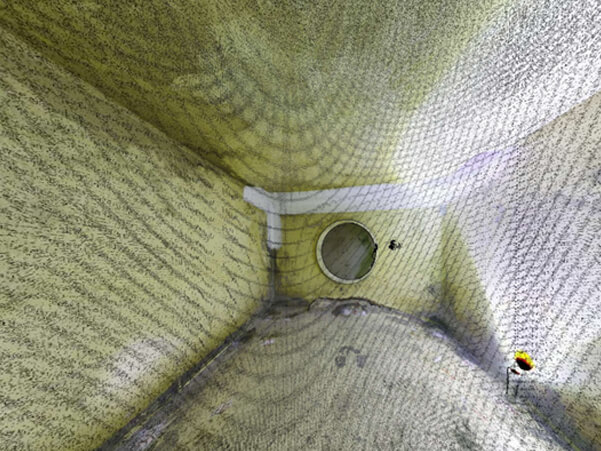Laser Scan and Survey
Applications Include:
Laser scan surveying is invaluable for engineering design, inspections, and assessments, particularly when structures have deviated from their original condition or when as-built documentation is unavailable.
Case Studies and Our Team Projects:
Coarse coal module replacement.
LASER SCAN AND SURVEY OF STRUCTURES
Laser scanning rapidly collects millions of data points, mapping surfaces, dimensions, and deformations with millimetre accuracy.
This technology is essential for as-built documentation, structural assessments, and detecting deviations from design specifications, ensuring precise planning and analysis for engineering and construction projects.
LASER SCAN SUMP INSPECTION
This approach can be used for any tank, storage vessel or pipework.
HERITAGE PRESERVATION – JIMNA FIRE TOWER
Opened on 26th October 1977 by the Honorable K.B. Tomkins, MLA, the tower was built by Arthur and Gary Leis between 1974 and 1977. Standing at 47 meters, it offers a 360-degree panoramic view of the surrounding ranges, hoop pine plantations, and native forests from its cabin atop three grey ironbark legs.
Recognized as the tallest man-made wooden fire tower of its kind in the Southern Hemisphere, it was named the most unique of its kind by the Queensland Government Survey in 1999 and was heritage-listed in 2000.
A laser scan survey was completed to monitor structural changes and provide a heritage record in case of demolition. The scan, completed from ground level with no access to the structure required, offered several benefits:
DRAGLINE TUB INSPECTION
As tub access is difficult and considered a confined space, using a laser scan survey meant only a single operator was required to complete the survey. The data could then be viewed by a range of other professionals to determine the best course of action for repair.
The scan can also be used to compare against future inspections to determine the rate of degradation and plan for maintenance.

